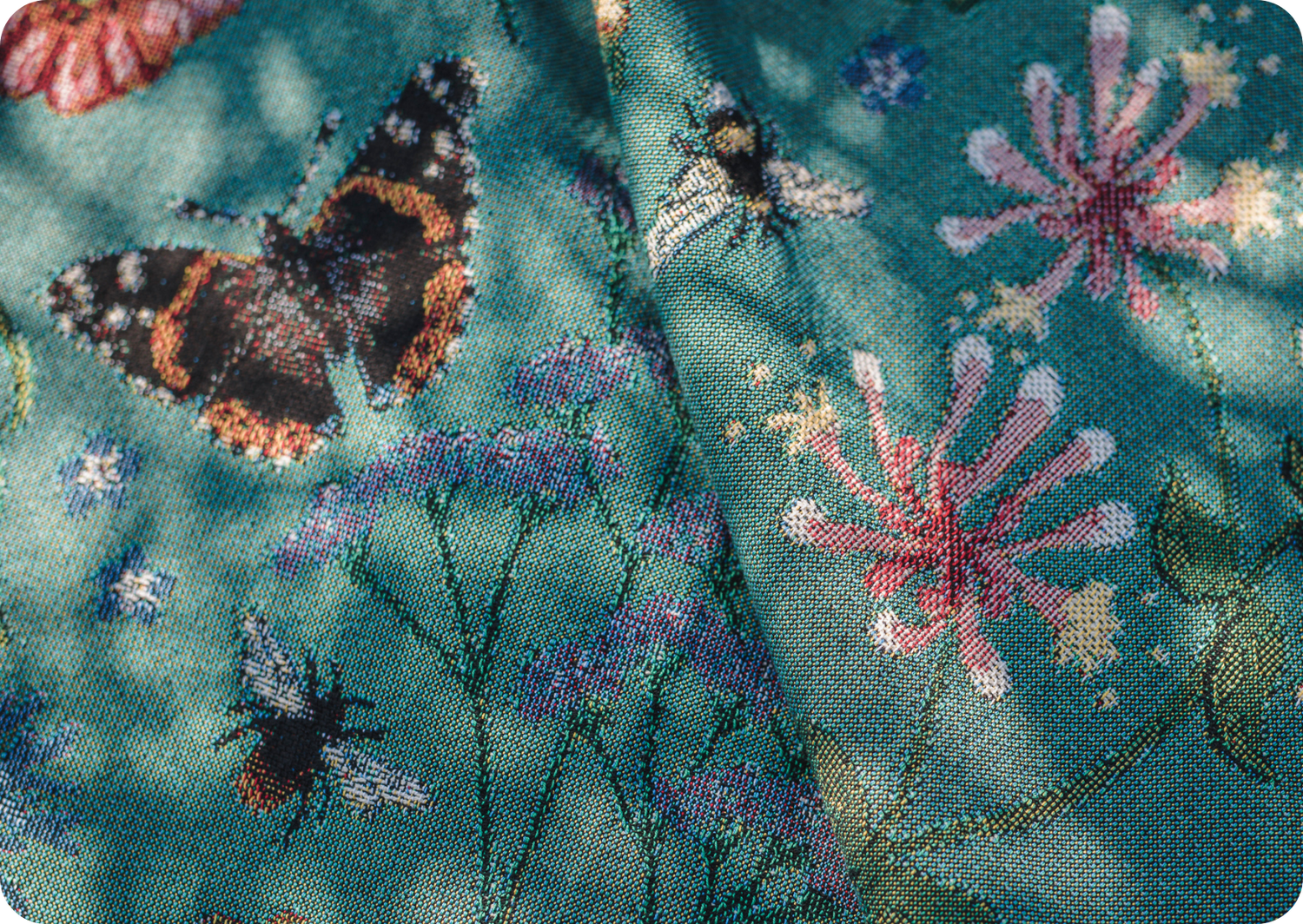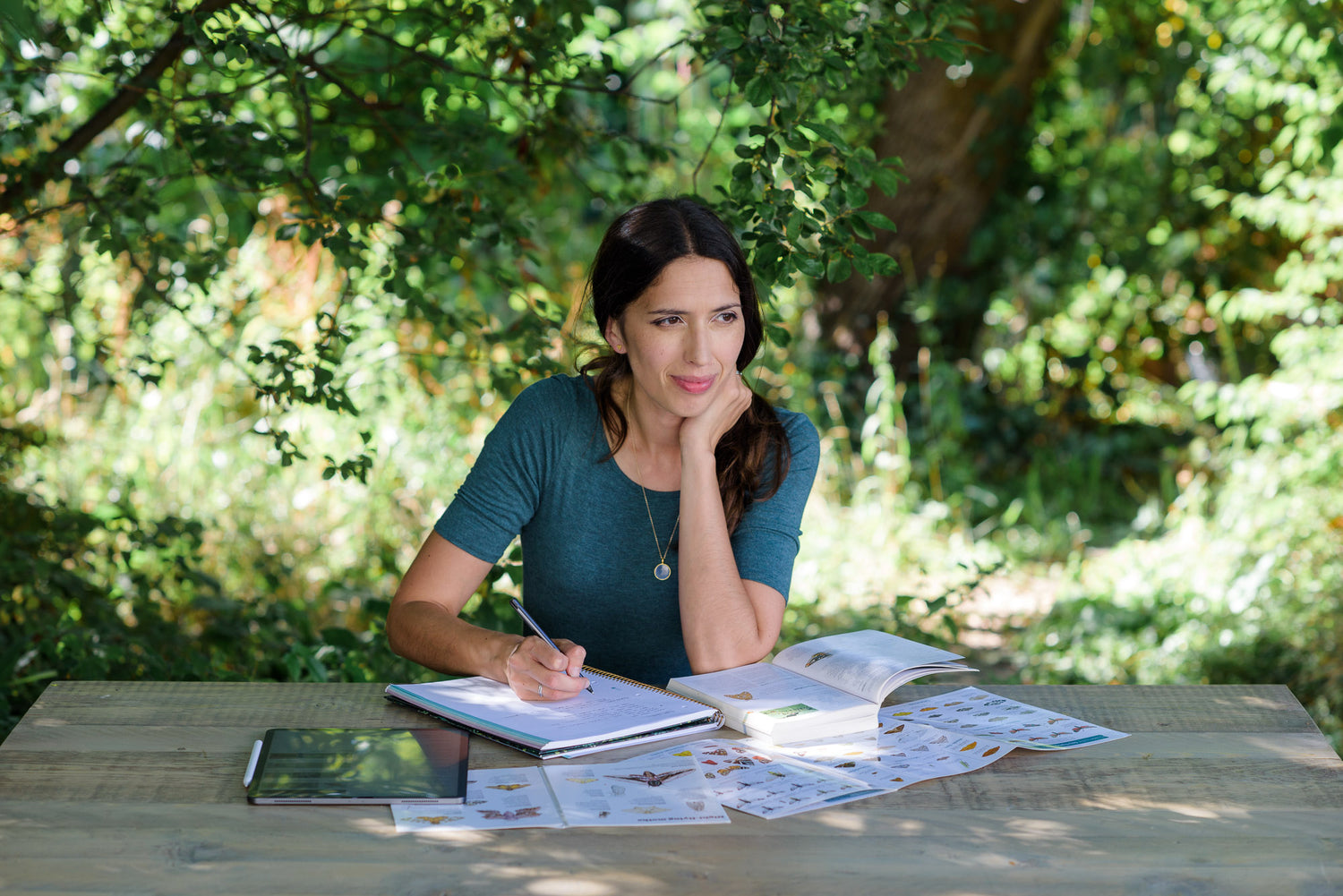Curiosity Chronicles – Episode 3
Curious how a wriggling tadpole becomes a leaping frog? Or how a crawling caterpillar transforms into a butterfly with delicate wings?
In this episode of Curiosity Chronicles, we explore the magic and science of metamorphosis, the shape-shifting strategy that lets animals life one life in two forms. Through story and sound, you’ll meet creatures who change everything about their bodies in order to thrive.
If you’re looking for a poetic, screen-free way to explore life cycles, adaptation, and evolution with your child, this episode is a wonderful place to begin.

What if one life could take two completely different forms?
In this episode, we follow the astonishing journeys of tadpoles and caterpillars as they become frogs and butterflies, changing everything from their breathing and movement to their purpose in the world.
We explore how metamorphosis works, what triggers it, and why it’s such a clever evolutionary strategy. You’ll learn how a creature can be born with no legs or lungs and grow up to leap or fly.
Your family will discover:
-
What metamorphosis really means
-
How tadpoles transform from underwater grazers into land-leaping frogs
-
The strange truth behind caterpillars turning into soup inside a chrysalis
-
Why metamorphosis reduces competition and allows for specialised survival
-
Other incredible shape-shifters
-
The science behind why this strategy has been so successful across species
This gentle science story is perfect for curious kids aged 7–12, homeschoolers, and nature-loving families.
🎧 Listen now on Spotify or Apple Podcasts This episode pairs beautifully with real-life observations and simple nature activities. Here are a few ways to bring it to life:
This episode pairs beautifully with real-life observations and simple nature activities. Here are a few ways to bring it to life:
Pond Watch
Visit the same pond or puddle every few days. Can you spot frogspawn, tadpoles, or tiny legs beginning to form?
Chrysalis Spotting
Look carefully under milkweed, nettles, or brambles. Can you find any chrysalides or cocoons tucked away?
Draw a Life Cycle
Choose a creature and draw its life in stages: egg, larva, pupa, adult. What changes most? What stays the same?
Further Reading & References
Want to explore the science and wonder of metamorphosis a little deeper? These resources are perfect for older children, parents, and educators:
-
What Is Metamorphosis? – Natural History Museum
Clear definitions, diagrams, and species examples across insects and amphibians Read the article -
The Science of Frogs – BBC Bitesize
A friendly breakdown of the frog life cycle, perfect for UK classrooms Read the article -
How Butterflies Work – Science News Explores
Explains the transformation from caterpillar to butterfly, and the role of imaginal discs Read the article - Why Metamorphosis Matters – Scientific American
A fascinating dive into the evolutionary benefits of metamorphosis in insects Read the article
 If your child loved this episode, they’ll love the Curiosity Club.
If your child loved this episode, they’ll love the Curiosity Club.
Each month, members receive a nature-themed box filled with:
-
Hands-on science experiments
-
Outdoor species spotting prompts
-
Crafts made from recycled materials
-
Nature writing, recipes, and mindful moments
All grounded in real science, woven with storytelling, and designed to spark wonder. ✨ Created for curious kids aged 7–12—and equally magical for younger siblings with a little grown-up help, sign up below.
Monthly Nature Subscription For Kids
Or sign up to our newsletter to be the first to hear when new printables and podcast episodes go live.






